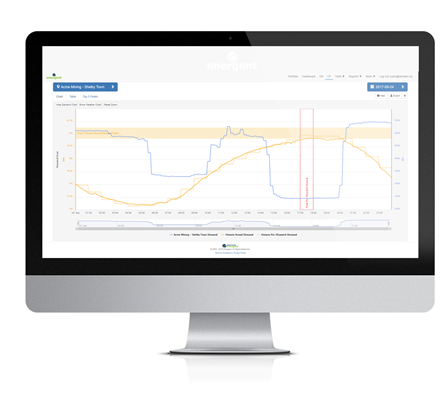IESO Stakeholder Summit – February 11, 2014
The Independent Electricity System Operator held its second annual Stakeholder Summit on February 11, 2014. It was attended by about 160 delegates from all walks of the energy sector. The day was organized into three major themes – I. Unlocking opportunities in Ontario’s current electricity market; II. Preparing to meet emerging issues and opportunities in the near term; and III. Future planning for Ontario’s electricity market.
Session I lead speaker, Kim Warren of the IESO, detailed the widely varying conditions and events which have recently affected the market and stressed the need of the operator for more flexible resources to meet the ever changing needs of the market. Jack Burkom of Brookfield spoke of the advent of a capacity market in Ontario and the flexibility which can be provided by a better mix of supply and demand-side resources. Rob Coulbeck from the Goreway Station Partnership outlined how supply resources could provide more flexibility products but stressed that generators would need to be compensated for the additional wear and tear on their equipment. Paul Grod of Rodan Energy Solutions introduced the concept of Intelligent Load Management (ILM) and walked the audience through the wide range of flexibility products potentially available from greater engagement of demand side participants.
Session II was opened by Mark Rothleder from the California Independent System Operator. Mr Rothleder outlined the characteristics of the California market and Summit participants were struck by the similarities and differences of Ontario and California. For example, California has the same need as Ontario for a better mix of flexible resources. Unlike Ontario however, this has resulted in about 10,000 megawatts of distributed generation which is 80 to 90 per cent customer owned causing some to question the ongoing business model for utilities. Barry Chuddy from Guelph Hydro reiterated this concern for the future role of utilities and outlined the conditions which might cause a utility “death spiral”. Nigel Etherington of Potentia Solar advocated accelerating the development of a smart grid to facilitate the flexibility that Ontario needs. Cam Carver of Temporal Power, a storage provider, highlighted the wide variety of future technologies needed for operating the system but stressed that the current market rules and regulatory processes were designed for generators and loads and needed to be updated to accomodate new technologies. Geoff Lupton from the City of Hamilton detailed the complex role that municipalities carry in Ontario participating as large loads, acting as host to distributed generation and performing as shareholder of the local LDC.
Session III was kicked off by Ted Leonard of the IESO who painted a picture of what the future may hold for Ontario’s electricity market. He told the audience that the various forms of demand response had provided about 1200 megawatts of system need during peak times last summer and that the need for these services would grow in the future. He spoke about making demand response a more market-based product and introduced the idea that the IESO would initiate a stakeholder initiative to evaluate the benefits of a forward capacity market which would be open to both supply and demand resources. A.J. Goulding from London Economics stressed that a capacity market was not a panacea and would need to be tailored to suit the unique circumstances prevailing in Ontario. Johannes Pfeifenberger from The Brattle Group outlined US experience of with capacity markets and the generally positive results of greater involvement by loads in the marketplace. Marie Pienacek of ECS enumerated the experience of that company in various US markets.
The Chairman of the Board of the IESO wrapped up a very successful day with a summary of the key points brought out in this Stakeholder Summit and stressed how important it is to the IESO to have the ongoing input of engaged stakeholders. All in all, it was a very successful day.



